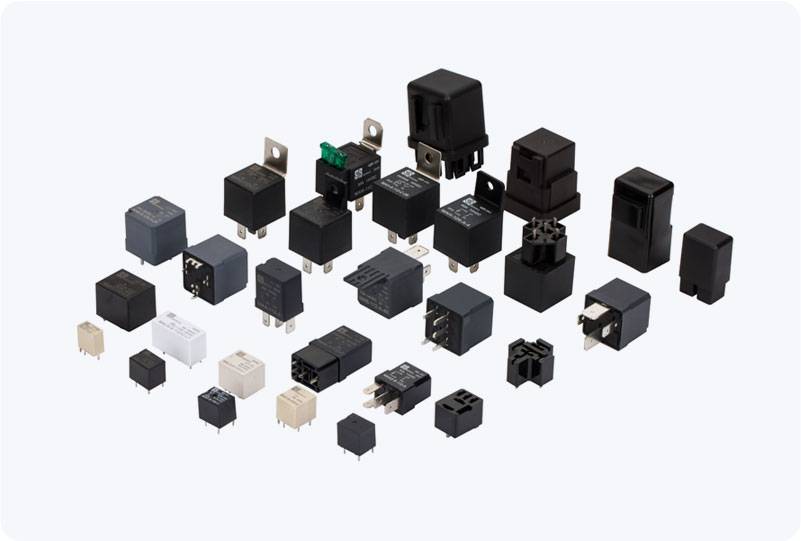In the world of electrical engineering, protecting sensitive equipment such as motors and machines from overcurrent conditions is crucial to ensure their longevity and efficient operation. One of the key devices used to achieve this protection is the Current Overload Relay. This relay serves as an essential safety mechanism for electrical circuits, especially in industrial settings where electrical equipment is subjected to varying loads and operational demands. In this article, we will explore the importance, working principle, and different types of Current Overload Relays and how they contribute to safeguarding electrical systems.

What is a Current Overload Relay? A Current Overload Relay is an electromechanical or electronic device designed to protect electrical equipment from damage caused by excessive current. It is primarily used to protect electric motors from overloading, ensuring that they do not operate under conditions that might cause them to overheat, burn out, or malfunction. By monitoring the current flowing through the circuit, the relay detects when the current exceeds a predetermined safe value, triggering an action to disconnect the power supply to prevent damage. The Working Principle of a Current Overload Relay